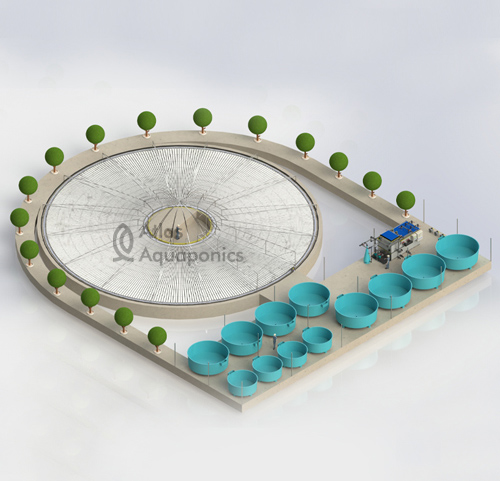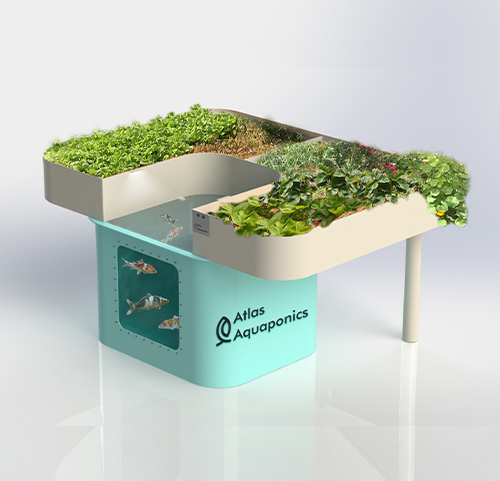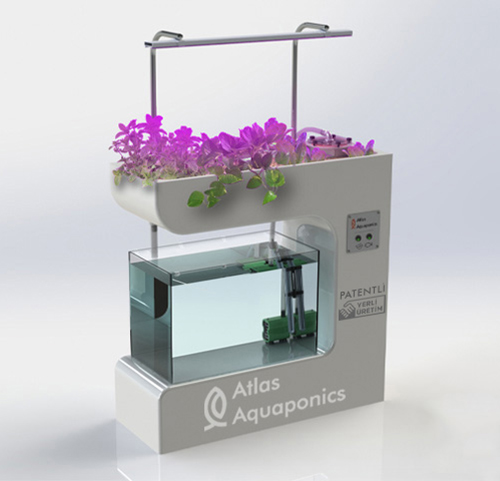Adapting Your Aquaponic System for Different Seasons
Aquaponics is a highly efficient and sustainable food production system that integrates aquaculture and hydroponics. But like any farming approach, it is subject to seasonal variations. Whether you operate a backyard setup or a commercial-scale system, understanding how to adapt your aquaponic system for different seasons is critical to maintaining productivity, fish health, and plant vitality year-round.
In this guide, we’ll explore best practices for seasonal aquaponics, offer climate adaptation strategies, and help you build a resilient, year-round farming system.

Understanding Seasonal Challenges in Aquaponics
Aquaponic systems are influenced by temperature, light, humidity, and even precipitation. These factors change dramatically from season to season, impacting:
- Water temperature — Affects fish metabolism, plant growth, and bacteria efficiency.
- Light availability — Influences photosynthesis and plant development.
- Humidity and airflow — Can lead to mold, pests, or nutrient imbalances.
- Energy costs — Heating and lighting requirements rise in colder months.
Preparing for these shifts is essential to keeping your system balanced.
Spring: Time for Growth and Rebalancing
Spring brings longer daylight hours and warmer temperatures, making it an ideal time to restart or expand your system.
Tips for spring adaptation:
- Re-seed leafy greens, herbs, and early fruiting plants.
- Clean out biofilters and grow beds after winter dormancy.
- Gradually raise temperatures in tanks to reawaken fish metabolism.
- Check pH and nutrient levels as microbial activity increases.
Ideal crops: lettuce, kale, peas, spinach, strawberries
Summer: Managing Heat and Intensity
While summer boosts growth due to longer days, it can also introduce stressors like overheating and algae blooms.
Tips for summer adaptation:
- Install shading nets or reflective covers to prevent overheating.
- Aerate water more frequently to maintain oxygen levels.
- Add cool water gradually to stabilize high tank temperatures.
- Monitor for pests and algae growth, which thrive in warm, wet conditions.
Ideal crops: tomatoes, cucumbers, peppers, basil, tilapia
Fall: Transition and Harvest Season
Autumn is a transitional period — a chance to harvest and prepare for winter while taking advantage of the final growing weeks.
Tips for fall adaptation:
- Plant cold-tolerant vegetables early in the season.
- Begin insulating greenhouse structures or grow tents.
- Decrease fish feeding frequency as temperatures drop.
- Use solar heating or compost heaters to maintain warmth.
Ideal crops: broccoli, Swiss chard, radish, carrots, trout
Winter: Insulation and Energy Efficiency
Winter poses the greatest challenges for aquaponic systems, especially in colder climates. Yet, with the right setup, year-round farming is absolutely possible.
Tips for winter adaptation:
- Use insulated tanks and reflective insulation panels.
- Switch to cool-tolerant fish like trout or perch.
- Integrate supplemental LED grow lights with red/blue spectrum.
- Consider geothermal or solar heating to reduce energy costs.
- Keep humidity low to prevent mold and root diseases.
Ideal crops: kale, arugula, mint, mustard greens, trout
Climate Adaptation for All Seasons
Whether you’re in a temperate, tropical, or arid zone, climate adaptation is key to sustainable aquaponic farming. Here are some universal strategies:
- Greenhouse structures: Provide year-round control over temperature and humidity.
- Climate zoning: Separate zones within a system to accommodate different plant or fish needs.
- Automation: Use sensors and timers for lighting, heating, and irrigation.
- Seasonal crop rotation: Match crops and fish species to each season’s unique requirements.
Final Thoughts
A well-managed aquaponic system can thrive through every season, but it requires intentional design and timely adjustments. By planning for seasonal changes and implementing smart climate adaptation strategies, you can unlock the full potential of year-round farming — even in the most challenging environments.
At Atlas Aquaponic, we specialize in designing and supporting climate-resilient systems that perform in all weather conditions. Whether you’re just getting started or optimizing a commercial farm, we’re here to help you grow smarter every season.



